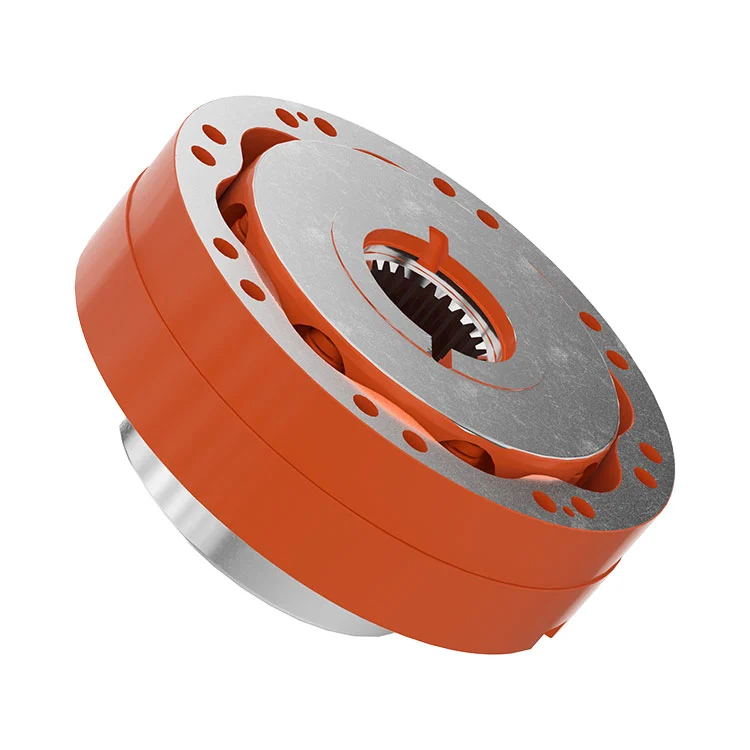Understanding Hydraulic Motors: An Introduction
2025-01-21
What is a Hydraulic Motor?
A hydraulic motor is a mechanical device that converts hydraulic energy—in the form of pressurized fluid—into mechanical energy, producing rotational motion and torque. These motors are a key component in hydraulic systems, working alongside pumps and other components to perform various tasks.
How Does a Hydraulic Motor Work?
Hydraulic motors operate on the principle of fluid dynamics. Pressurized hydraulic fluid enters the motor, where its energy is transformed into rotational force. This force is then used to drive machinery or perform specific actions, such as turning wheels or powering industrial equipment.
Key Components of a Hydraulic Motor
1. Housing: Encloses the internal components and directs fluid flow.
2. Gears, Pistons, or Vanes: Convert fluid energy into rotational motion.
3. Shaft: Transfers the mechanical energy to external systems.
4. Seals and Bearings: Prevent fluid leaks and ensure smooth operation.
Types of Hydraulic Motors
Hydraulic motors come in various designs to suit different applications:
1. Gear Motors: Use meshing gears to create motion, ideal for low-speed, high-torque tasks.
2. Vane Motors: Use retractable vanes in a slotted rotor, offering high efficiency at moderate speeds.
3. Piston Motors: Use pistons arranged in radial or axial configurations, providing high torque and efficiency for demanding applications.
Applications of Hydraulic Motors
Hydraulic motors are widely used in industries such as construction, agriculture, and manufacturing. Common applications include:
- Driving conveyor belts
- Operating winches and cranes
- Powering heavy-duty machinery like excavators and forklifts
Advantages of Hydraulic Motors
- High power-to-weight ratio
- Ability to produce high torque at low speeds
- Compact and robust design
- Capability to operate in challenging environments
Understanding the basics of hydraulic motors is crucial for engineers, technicians, and anyone involved in machinery maintenance or design. In our next blog, we’ll dive deeper into how to select the right hydraulic motor for specific applications.



